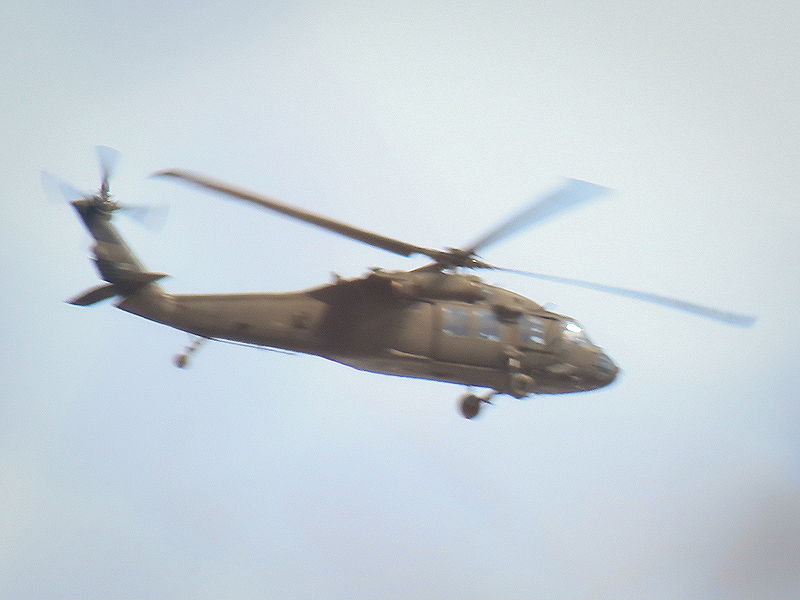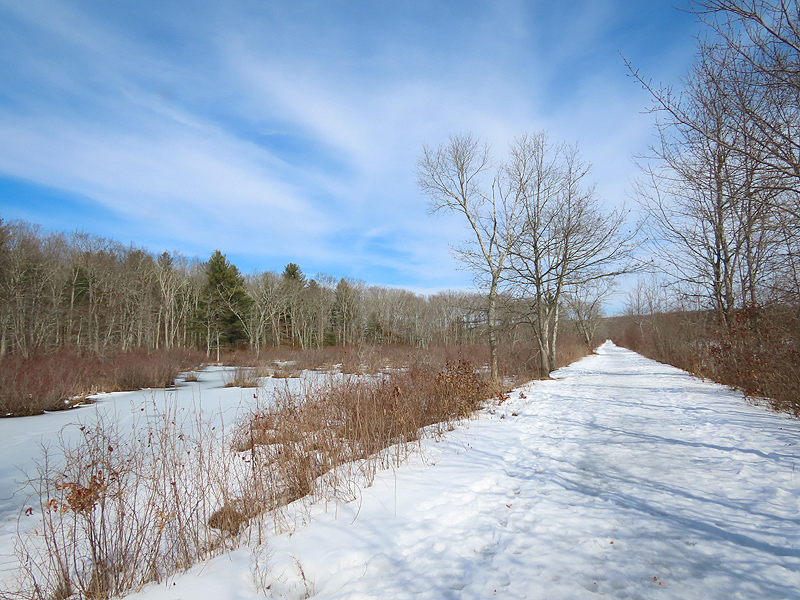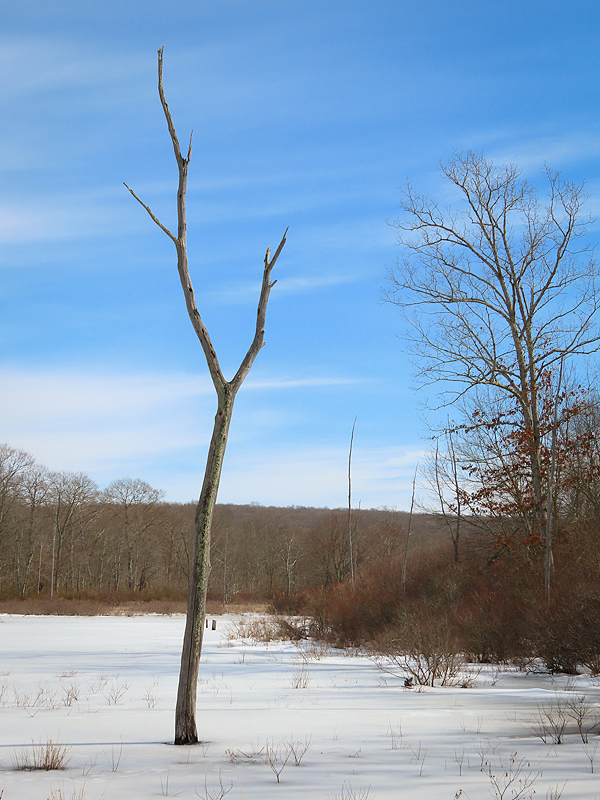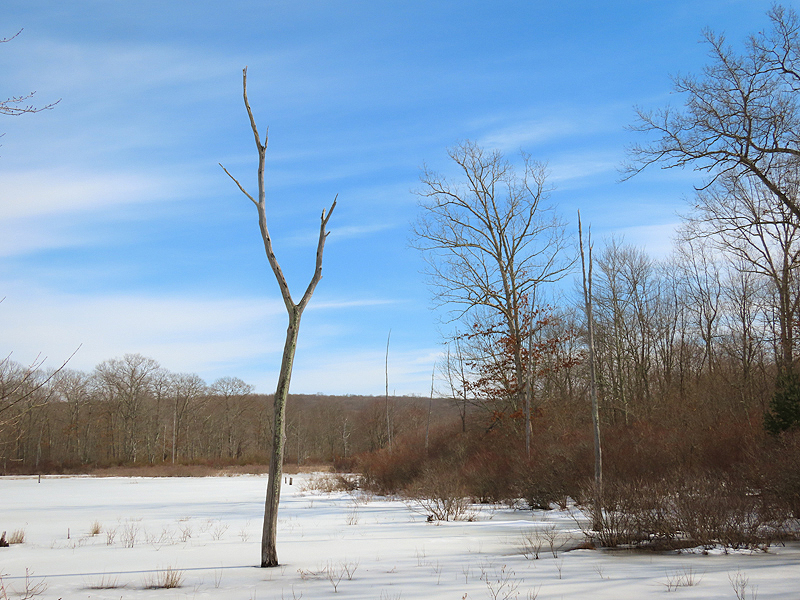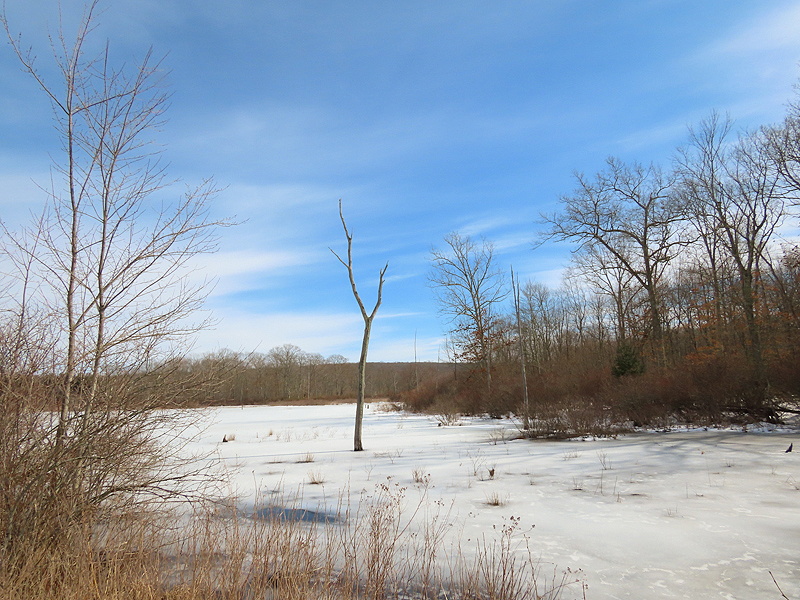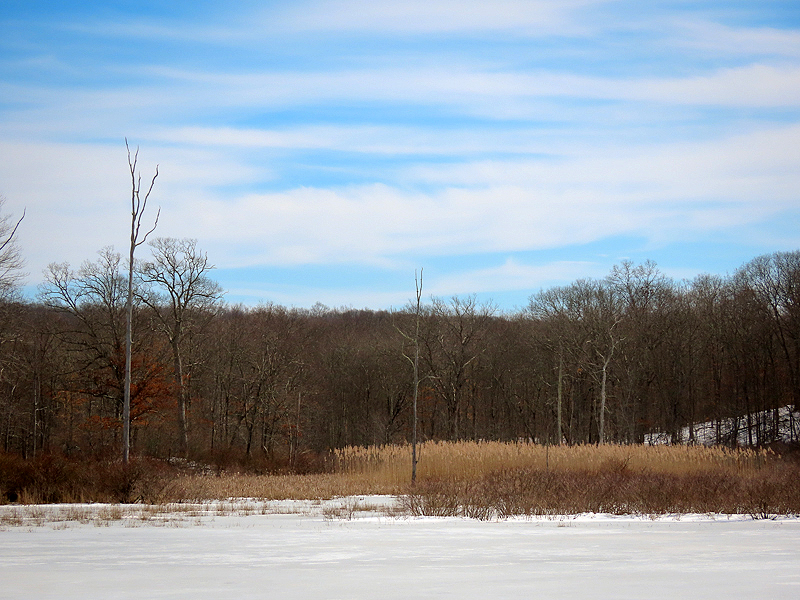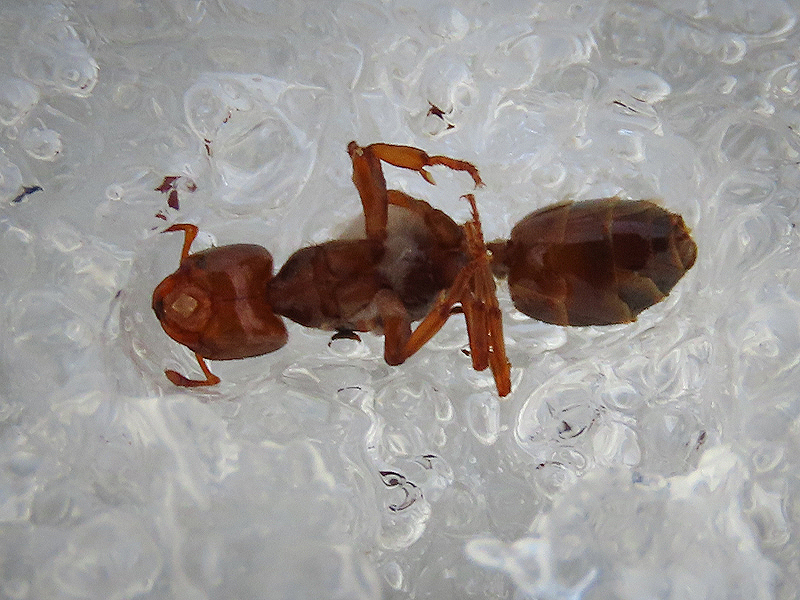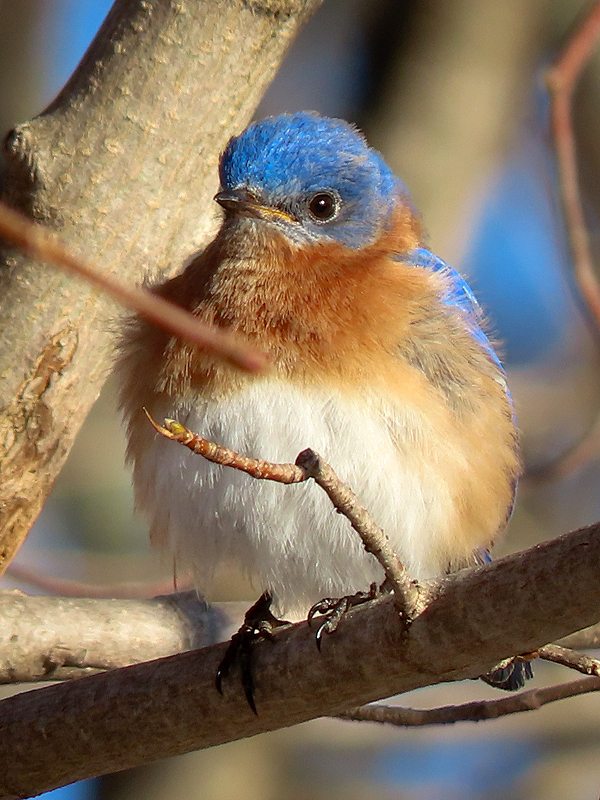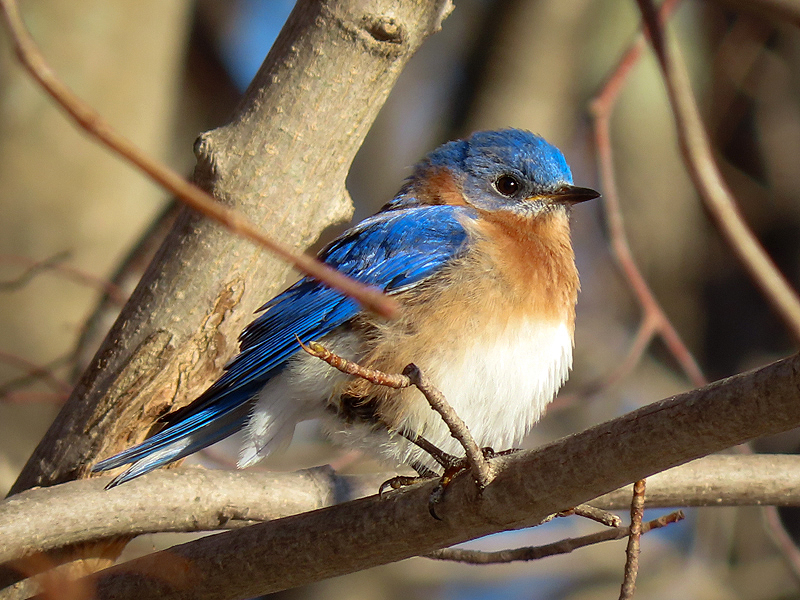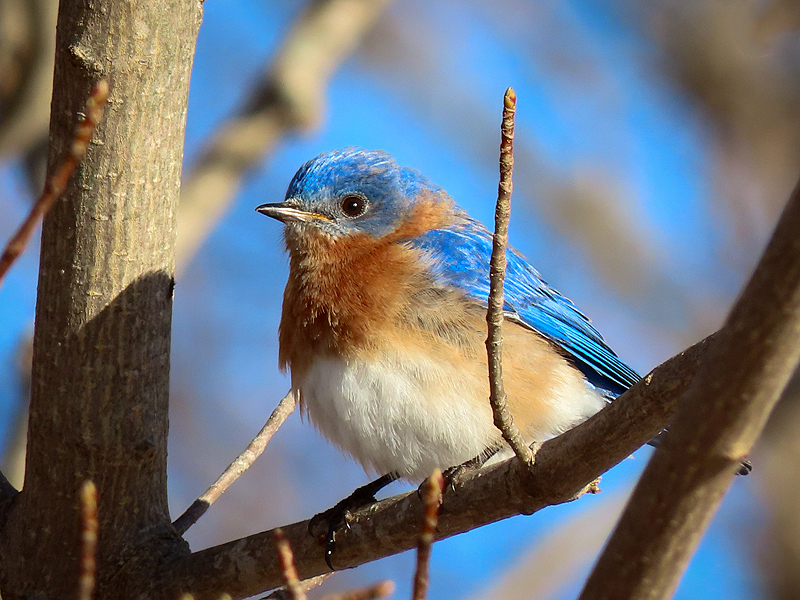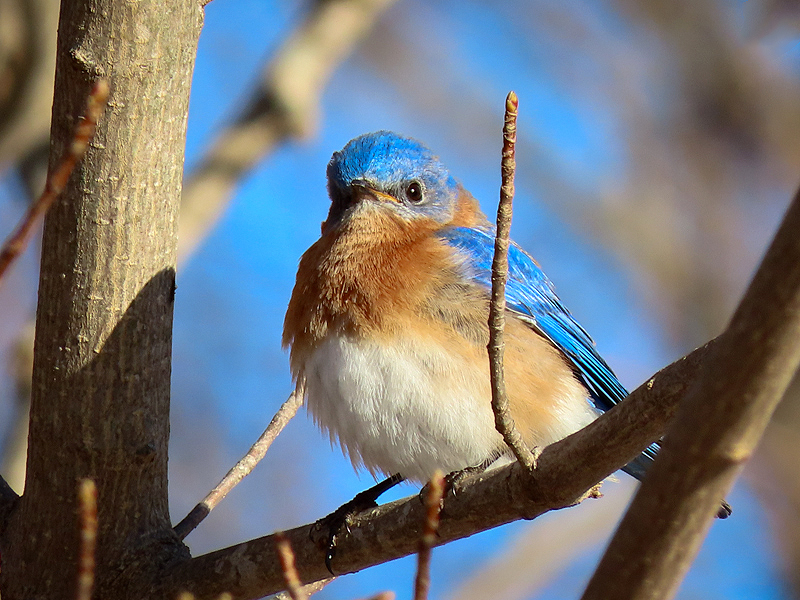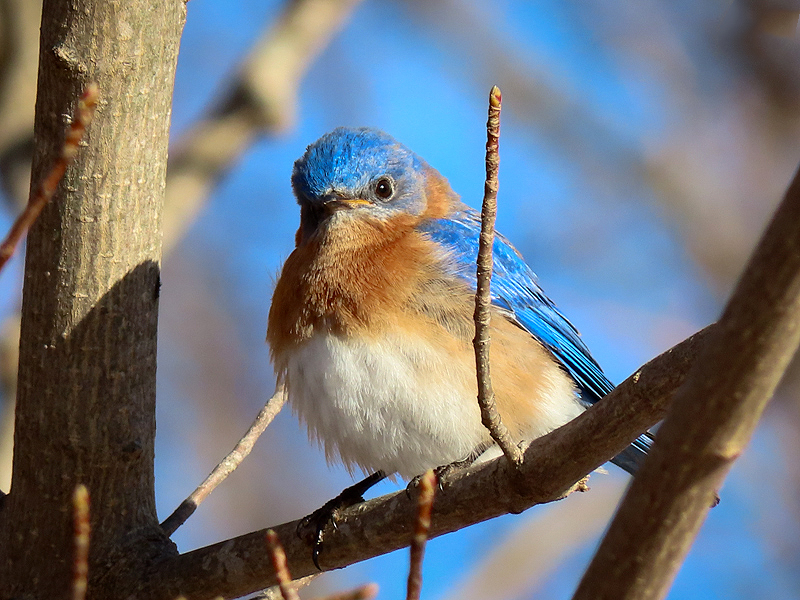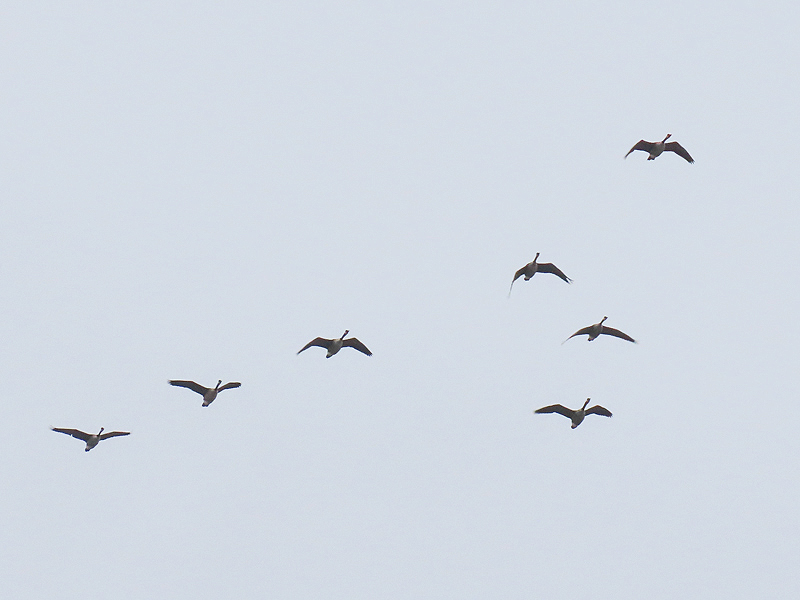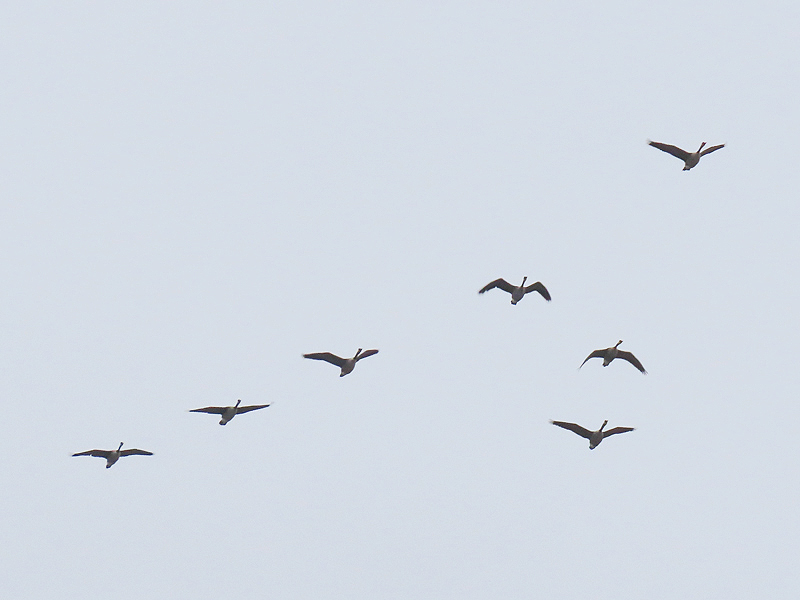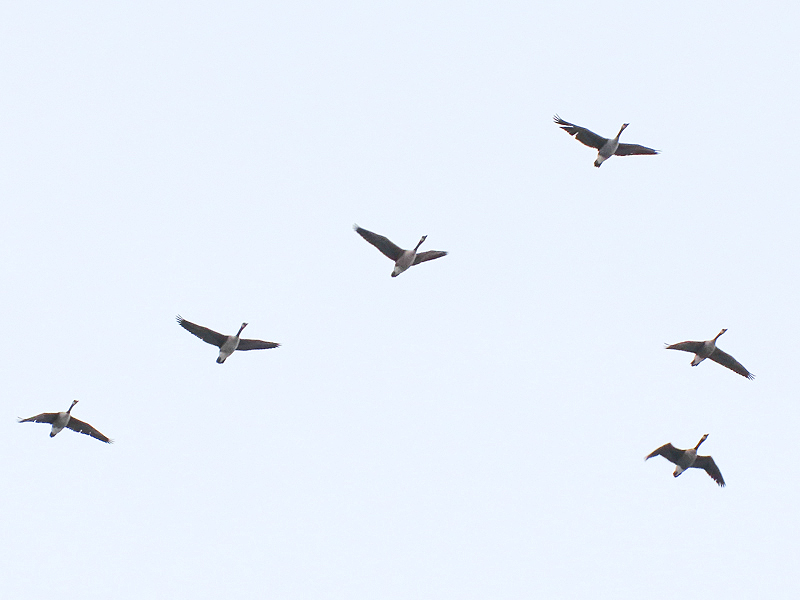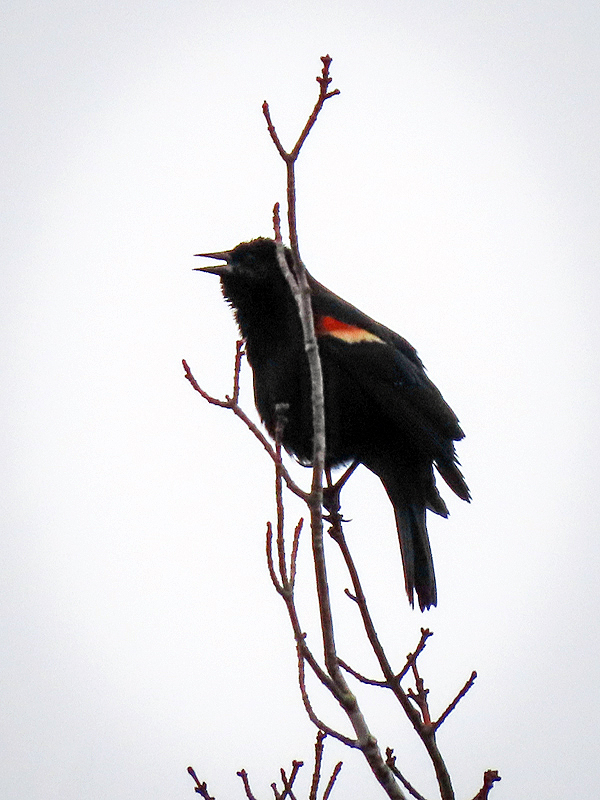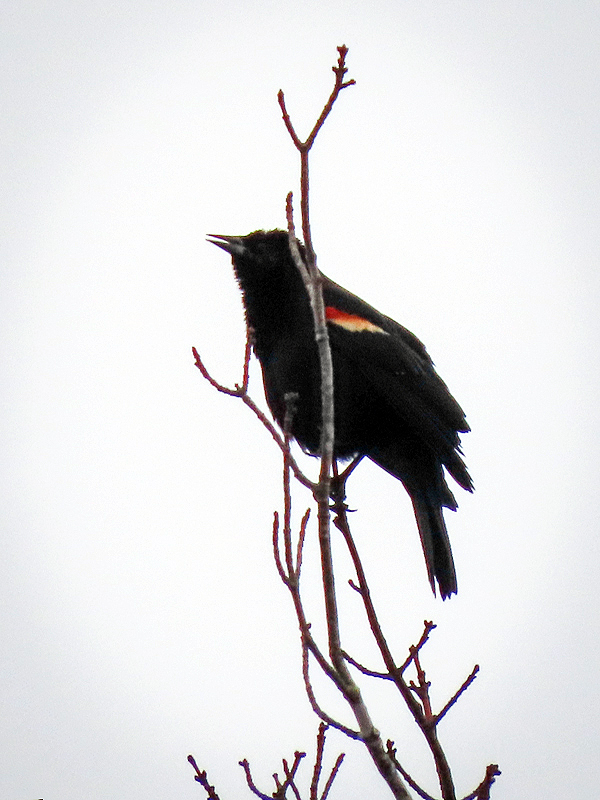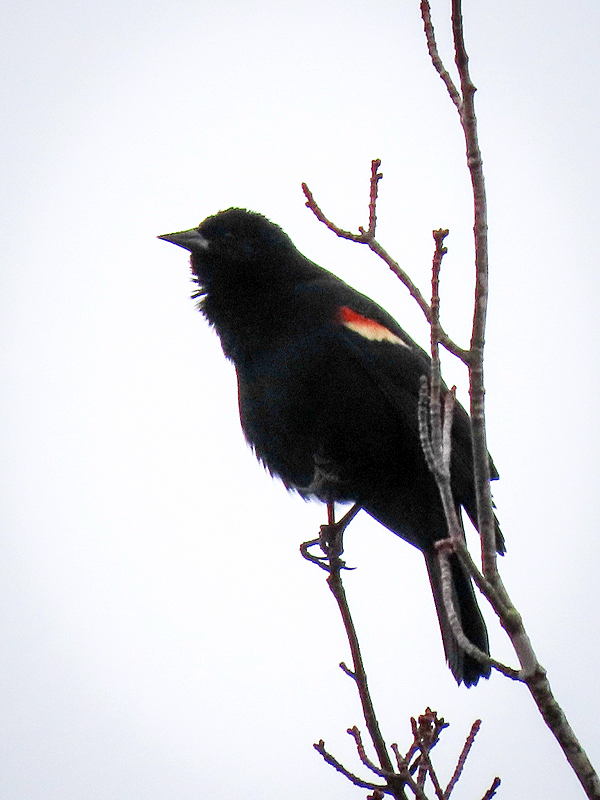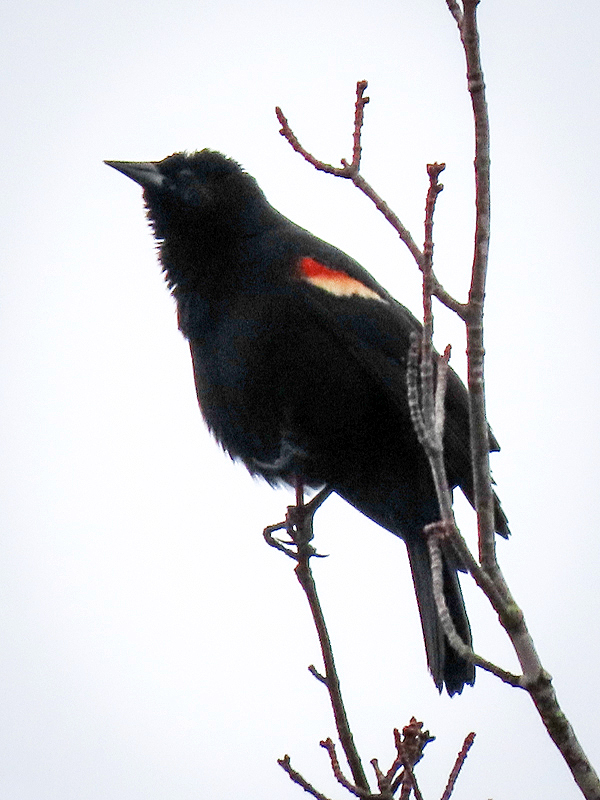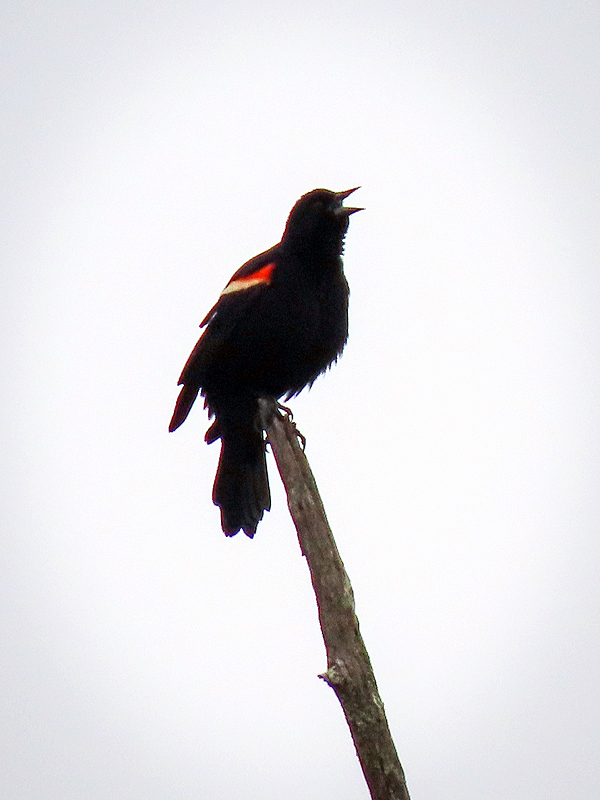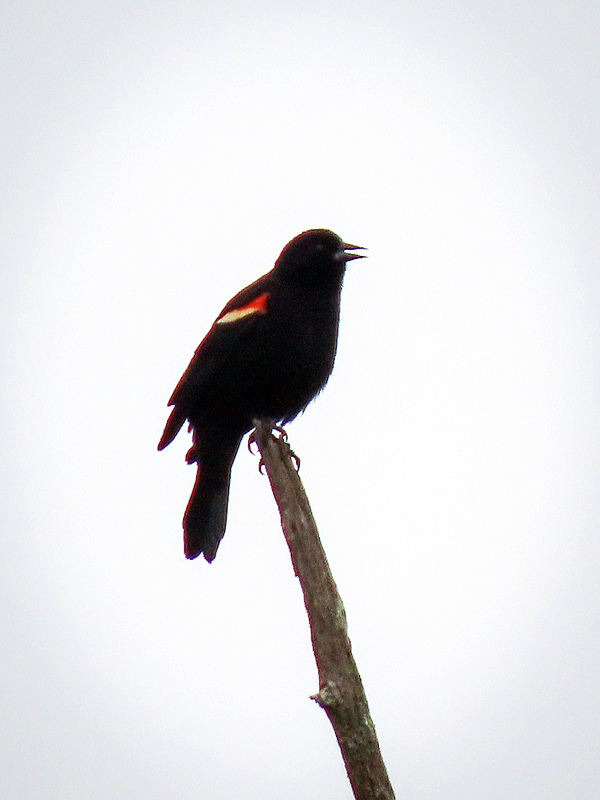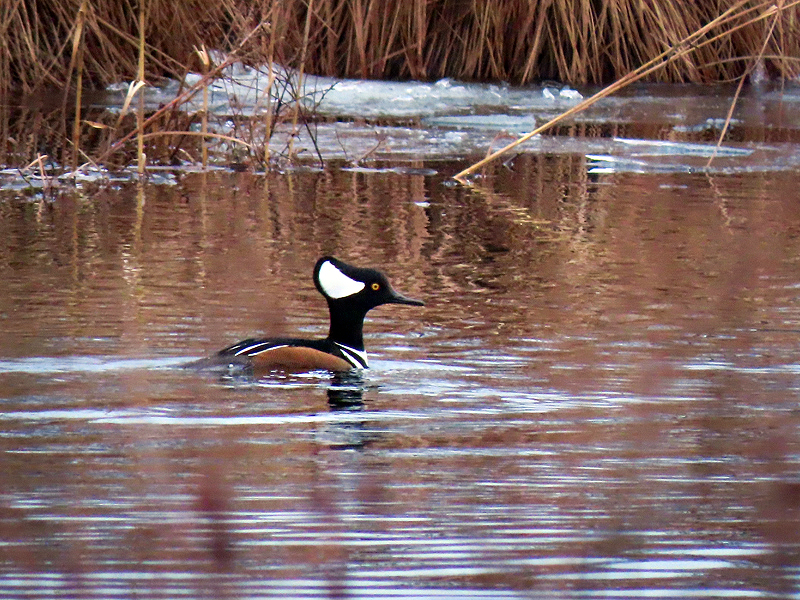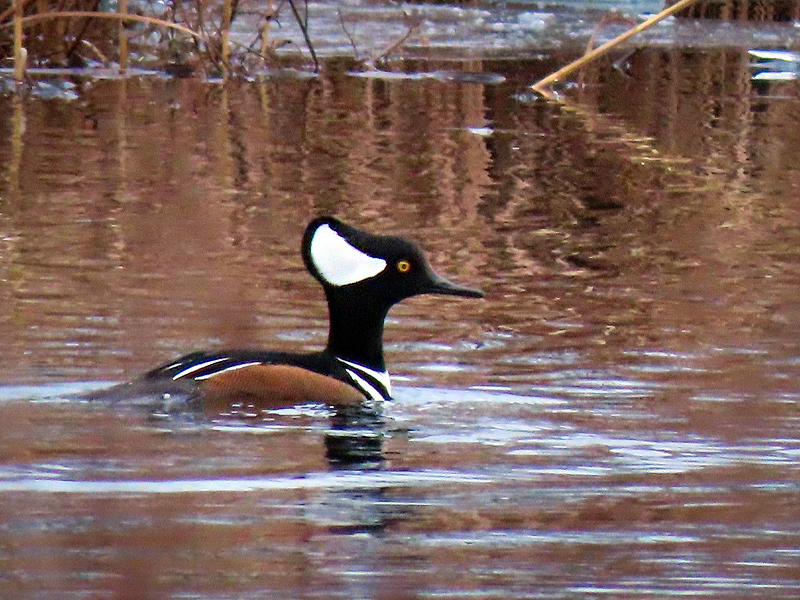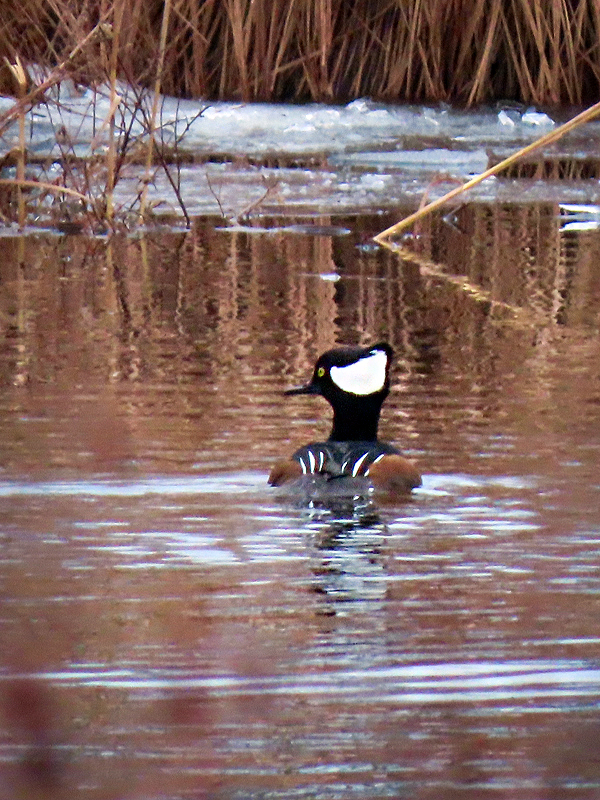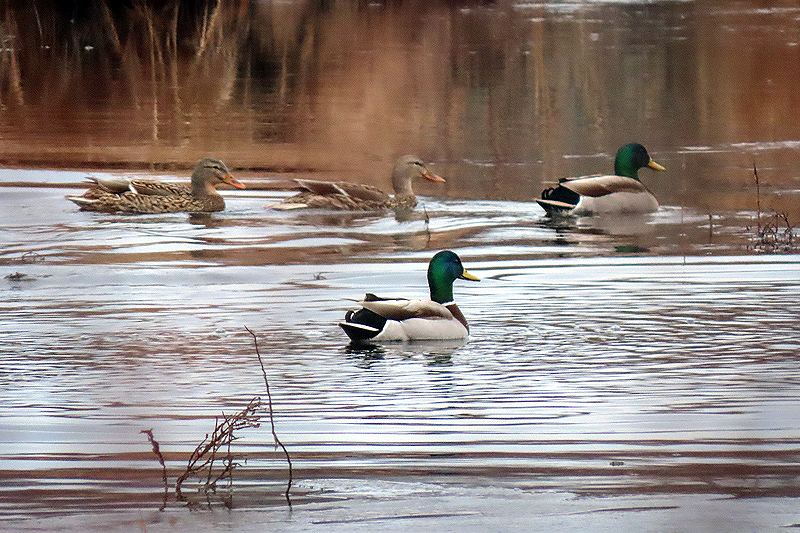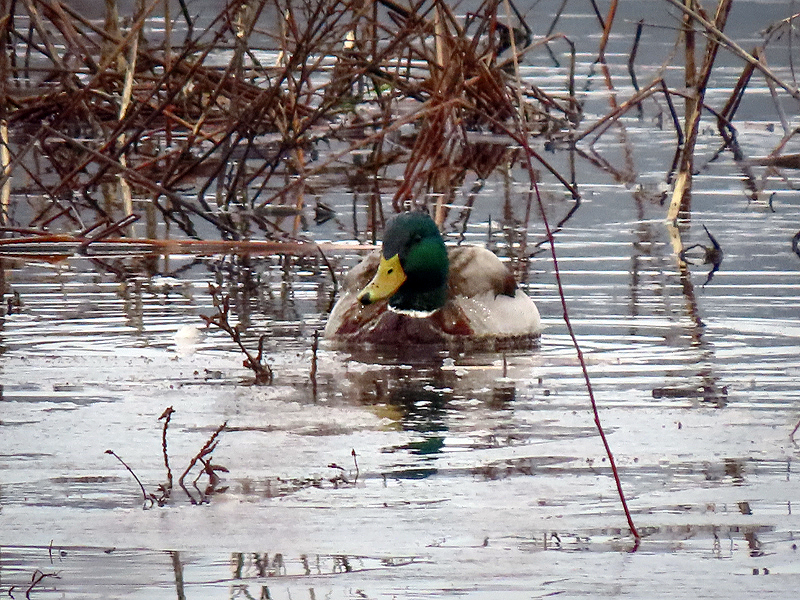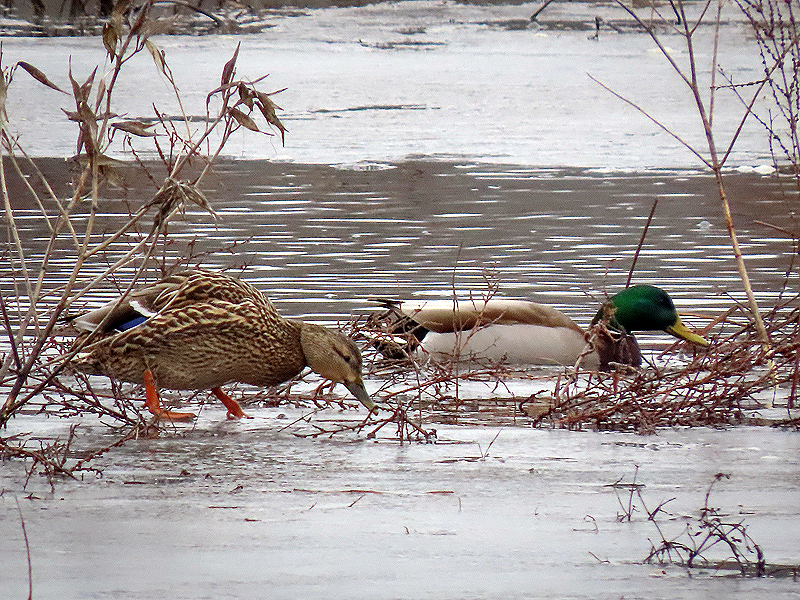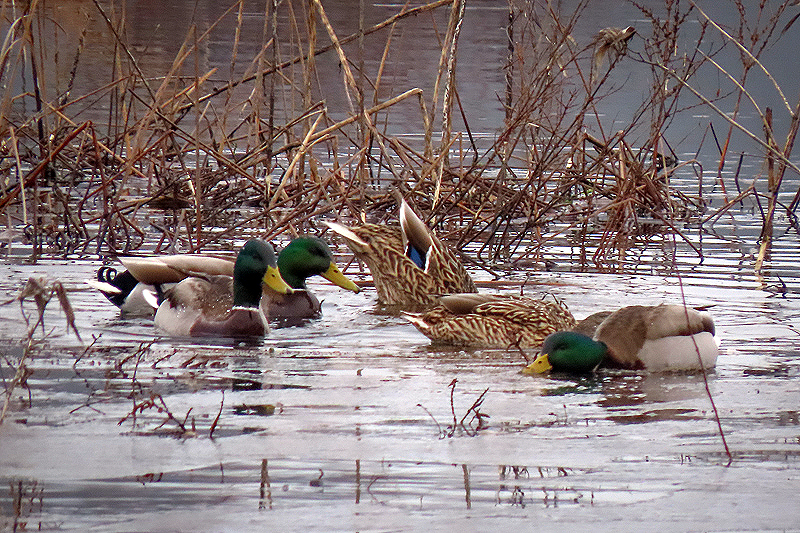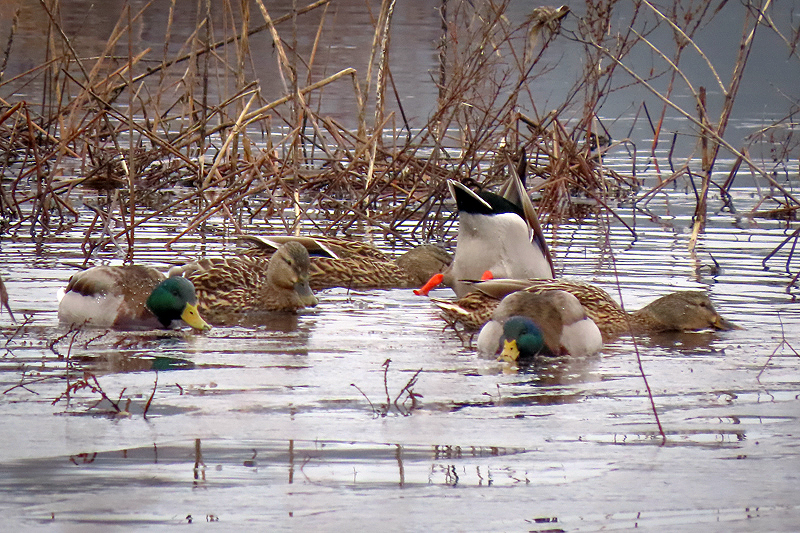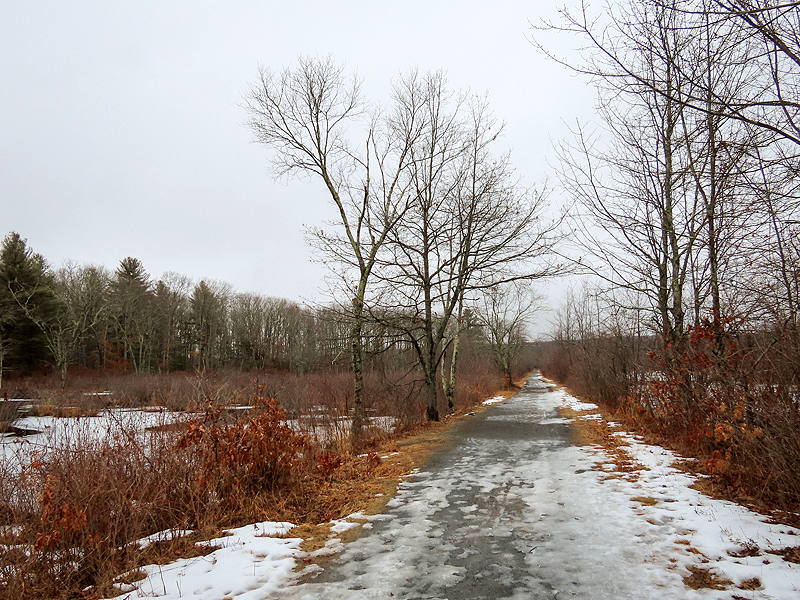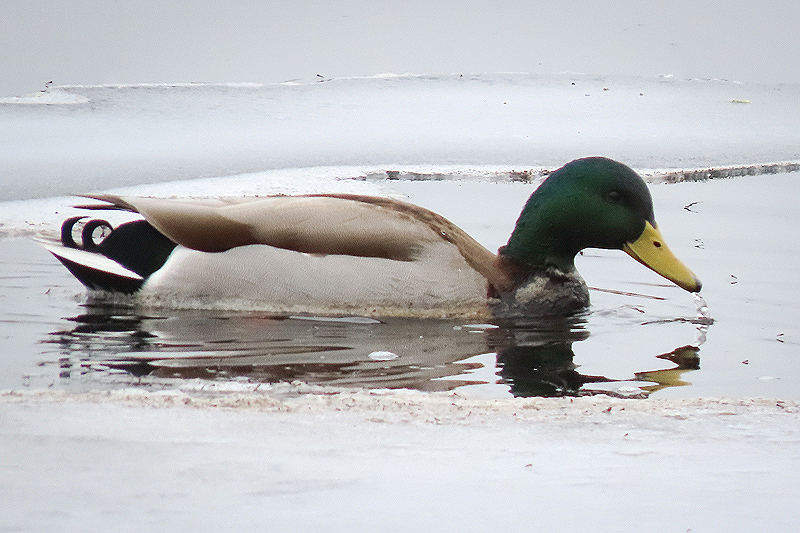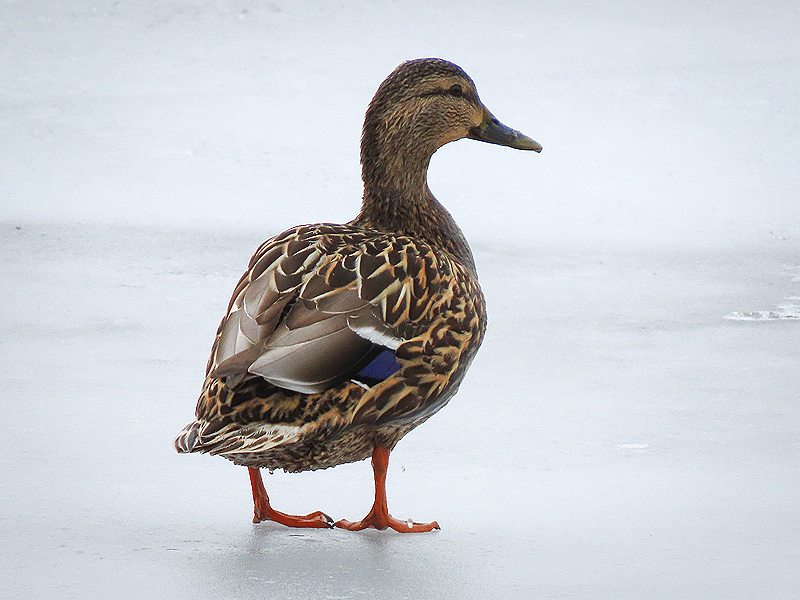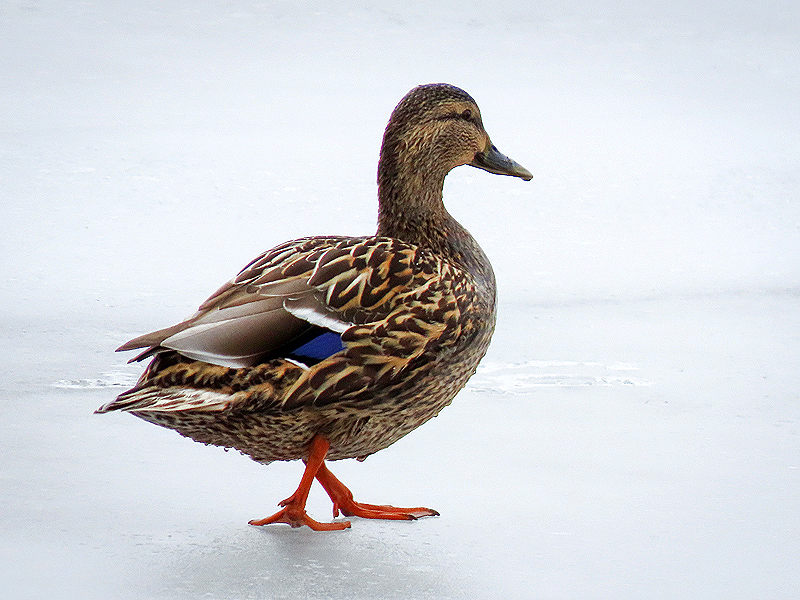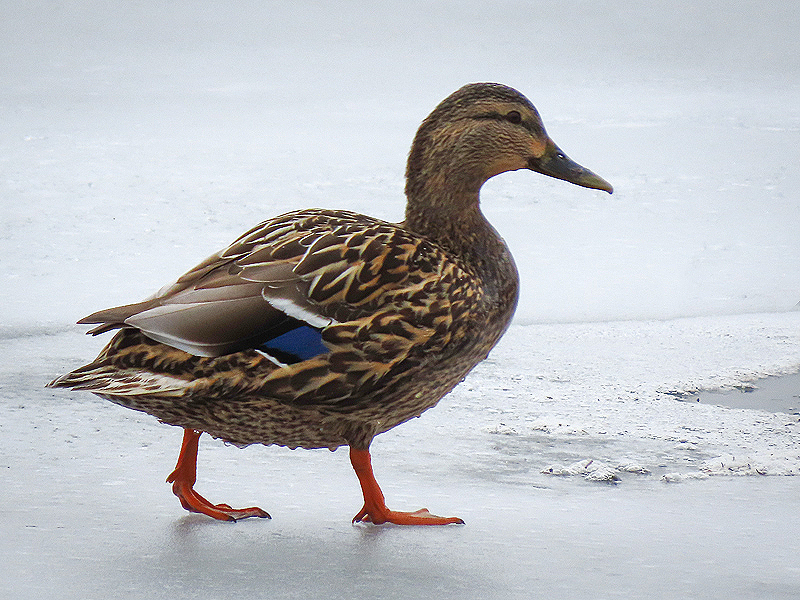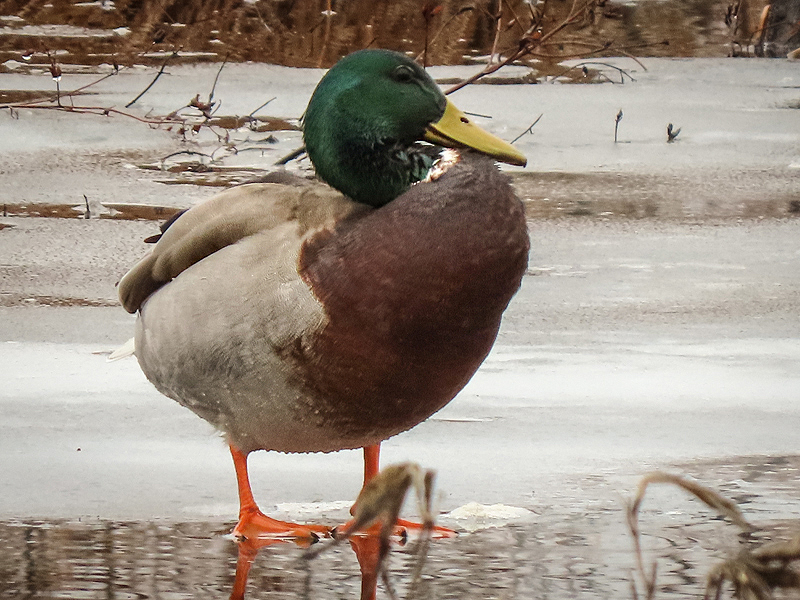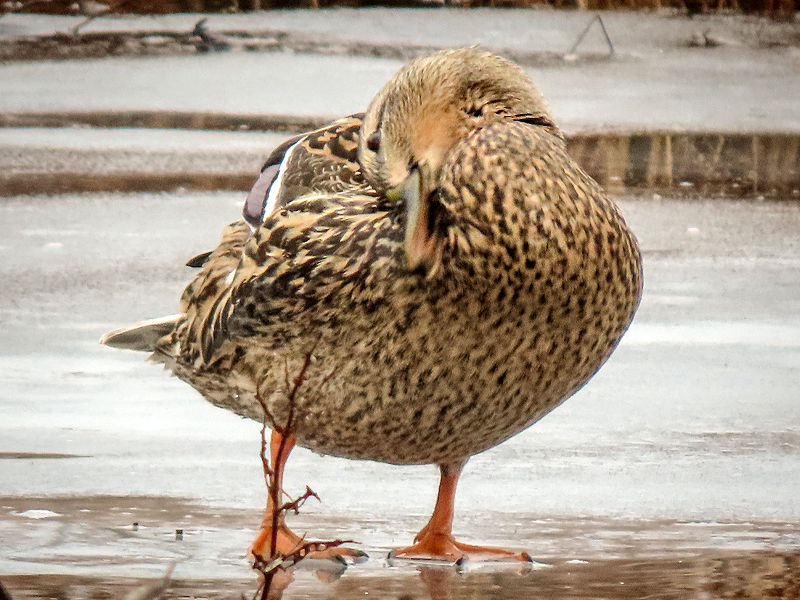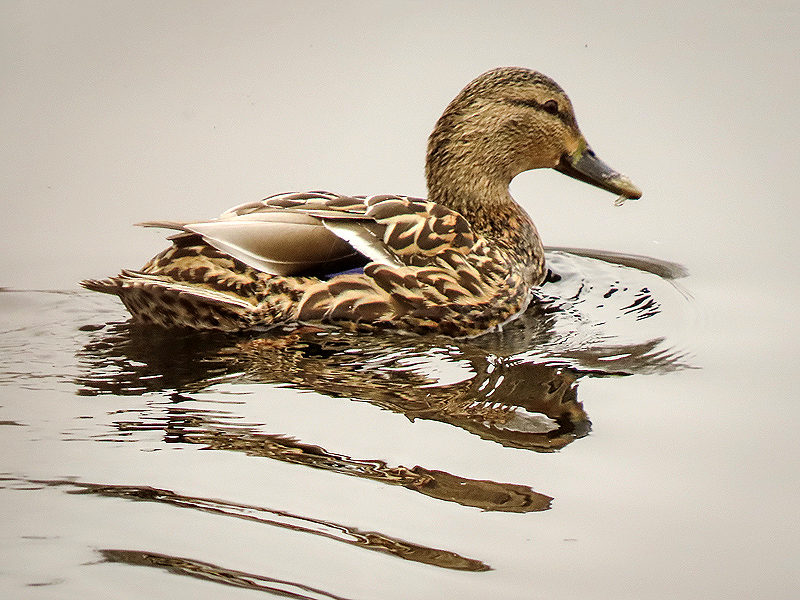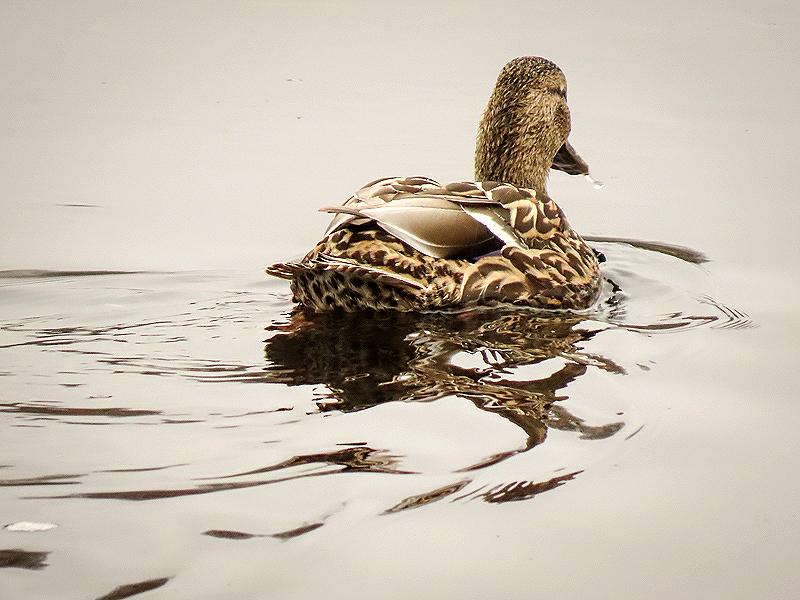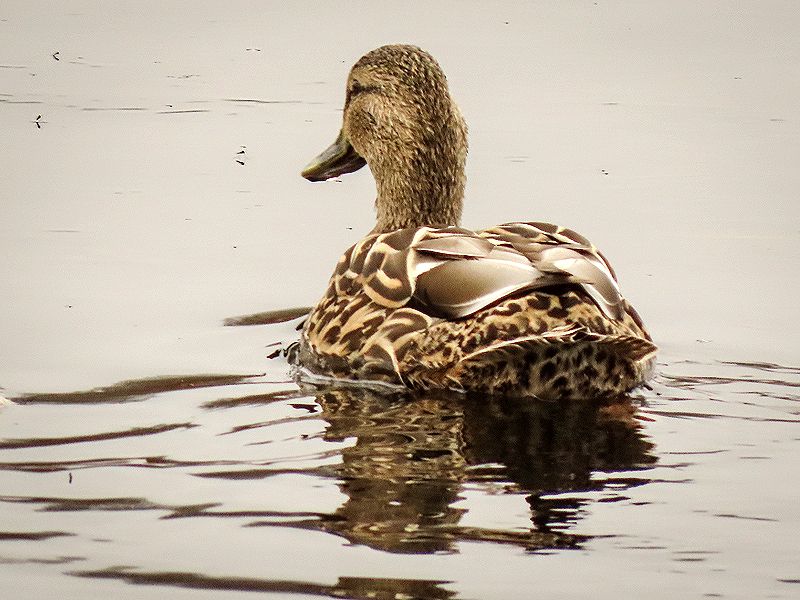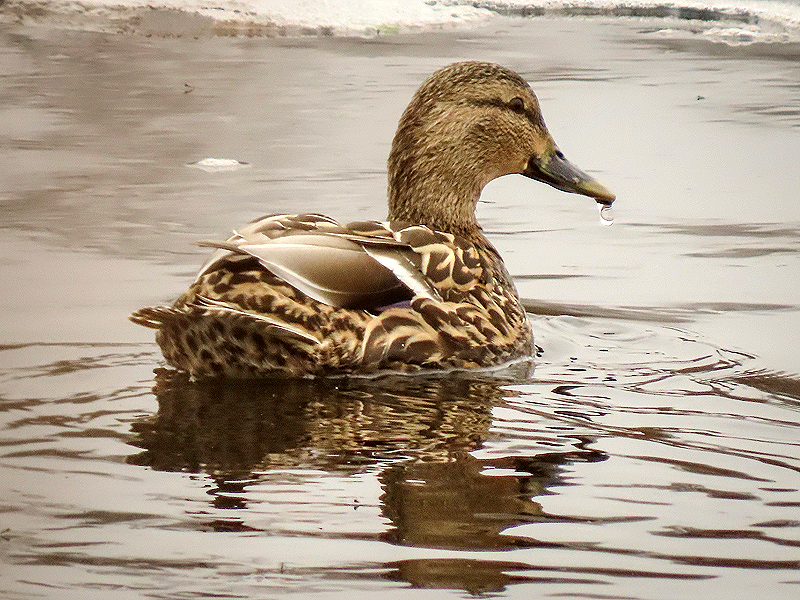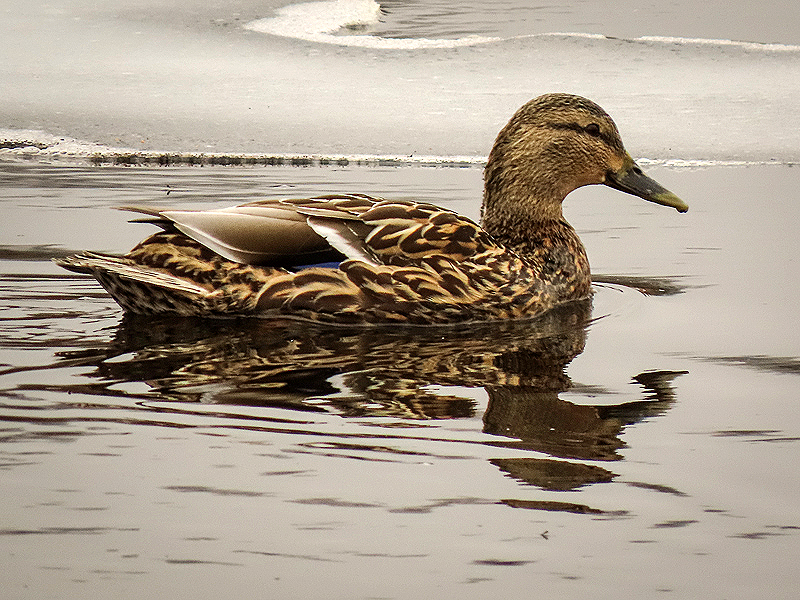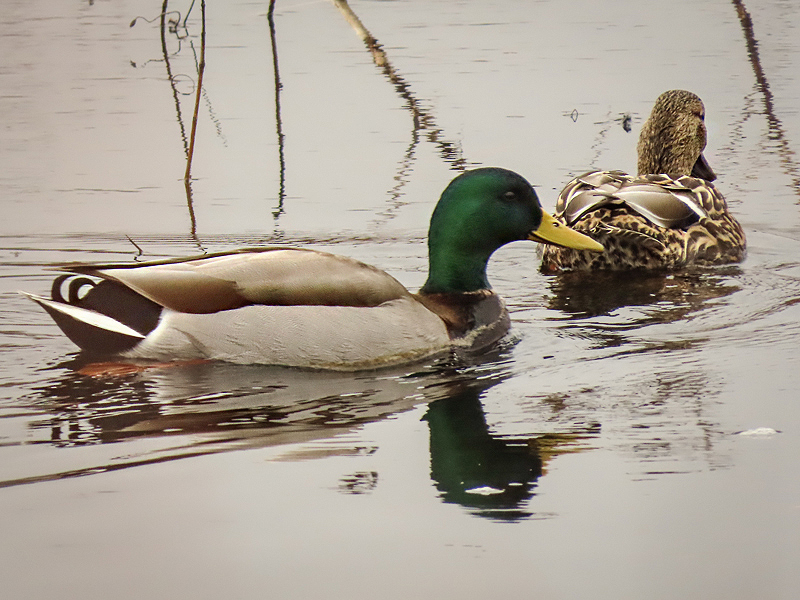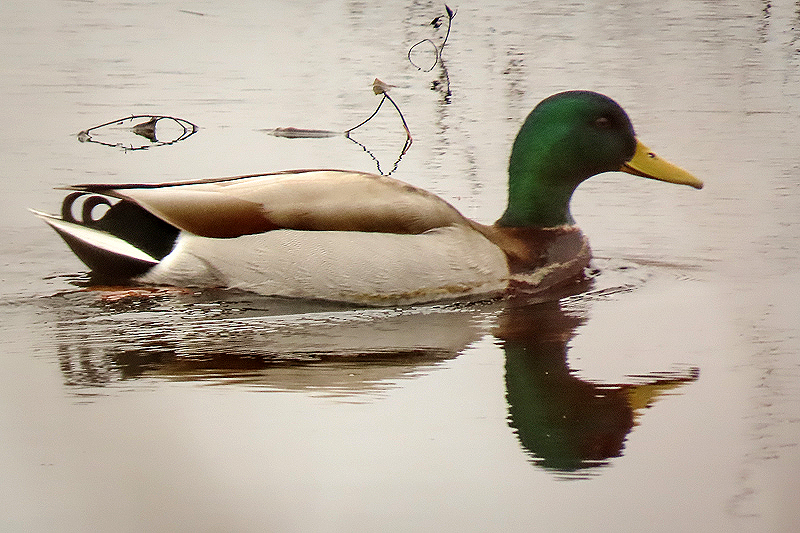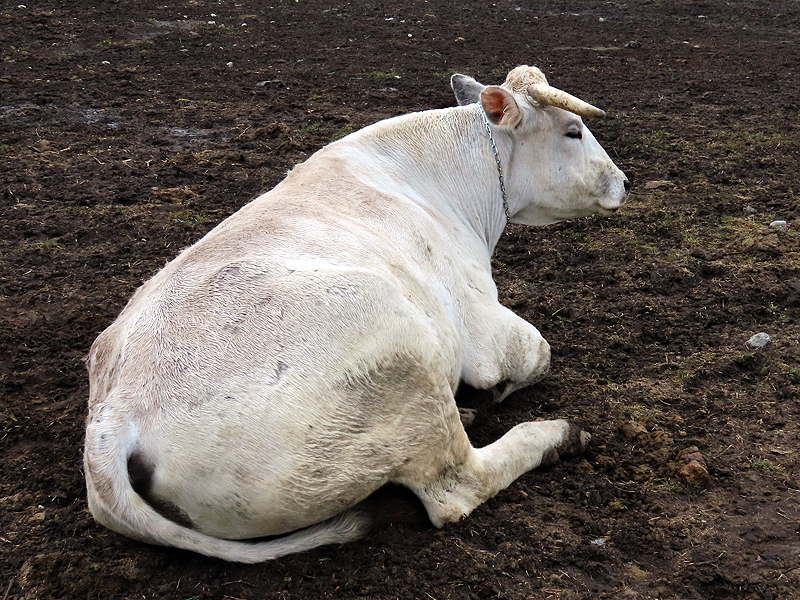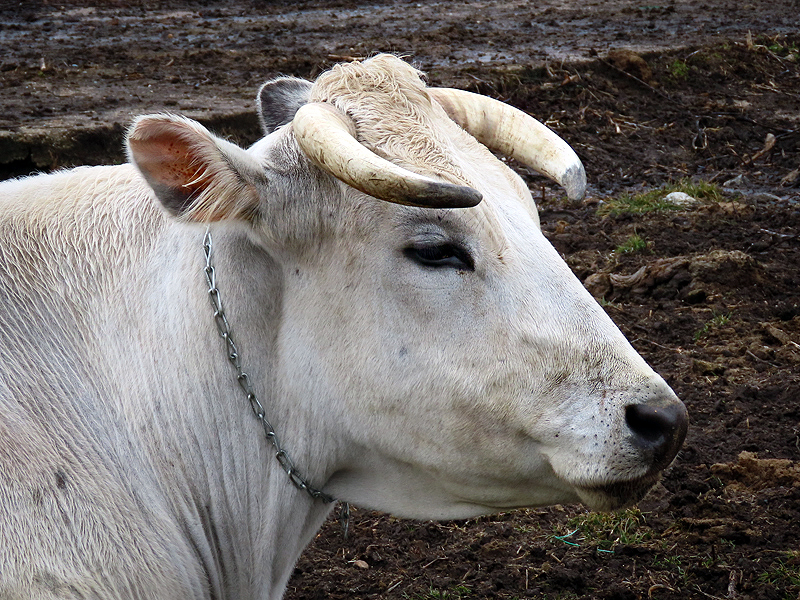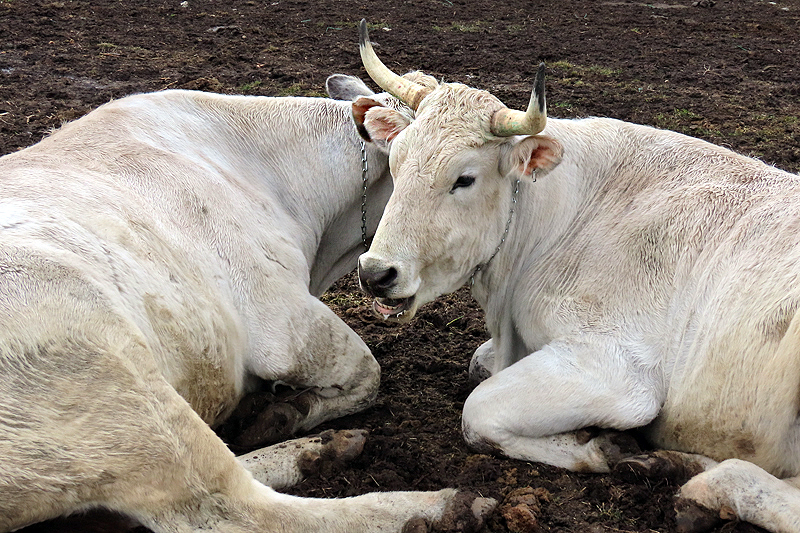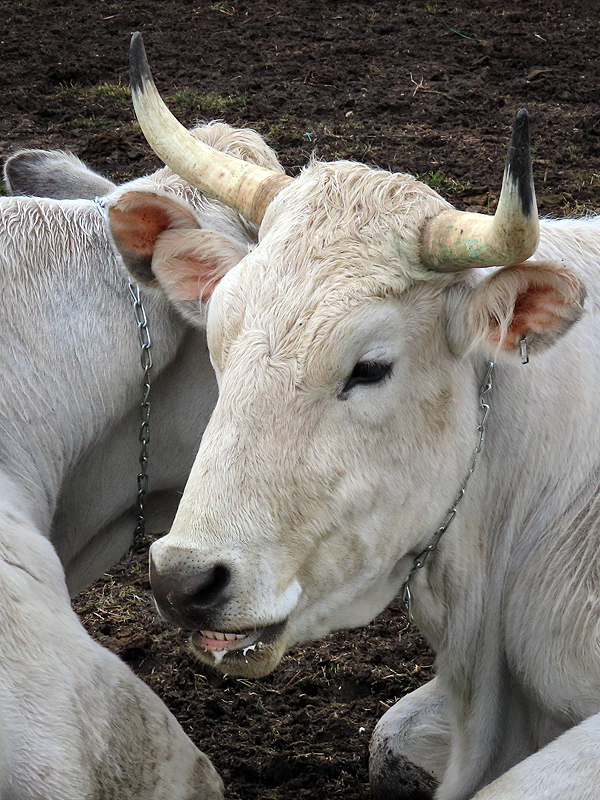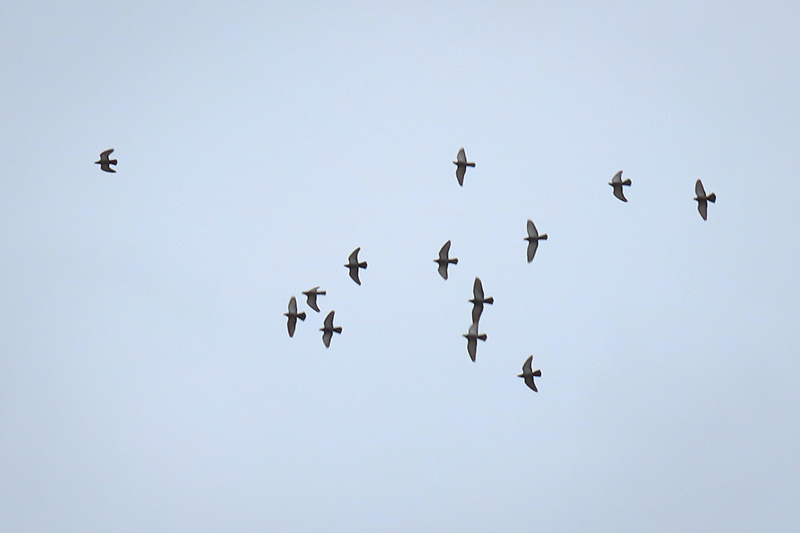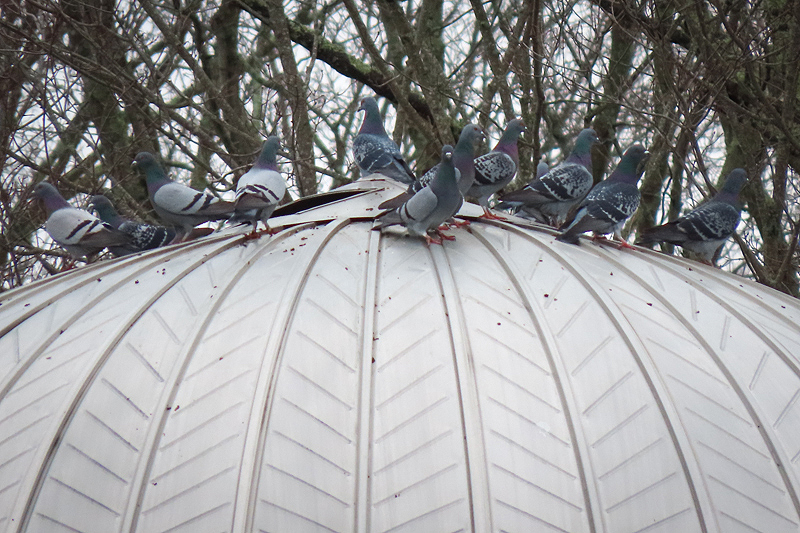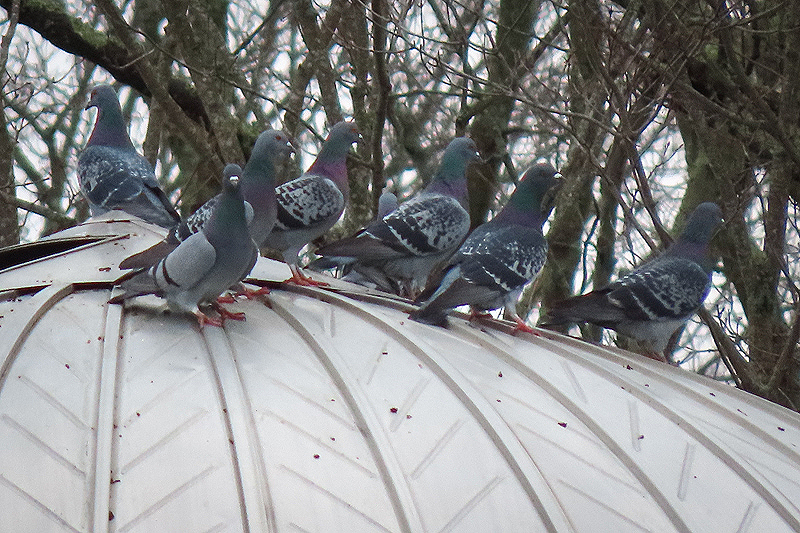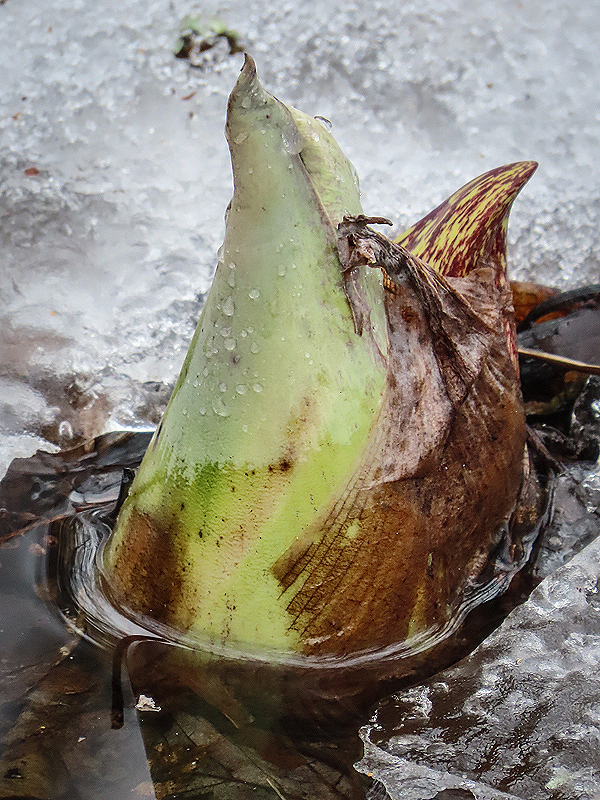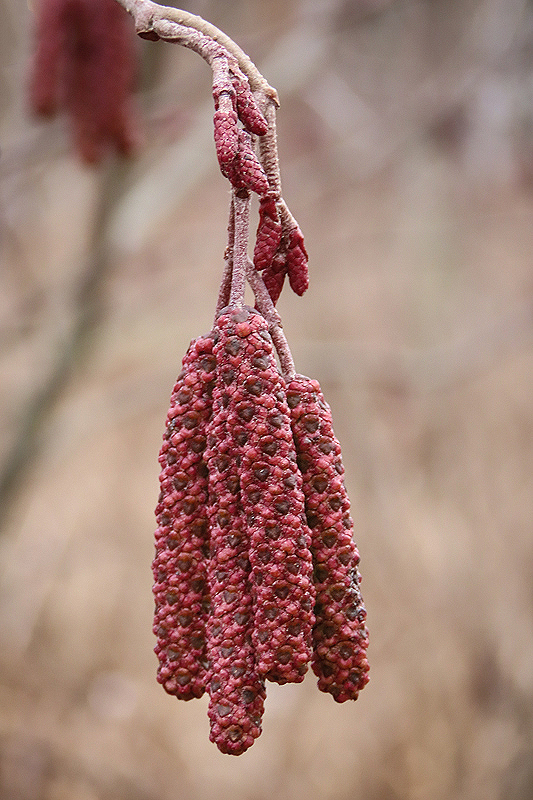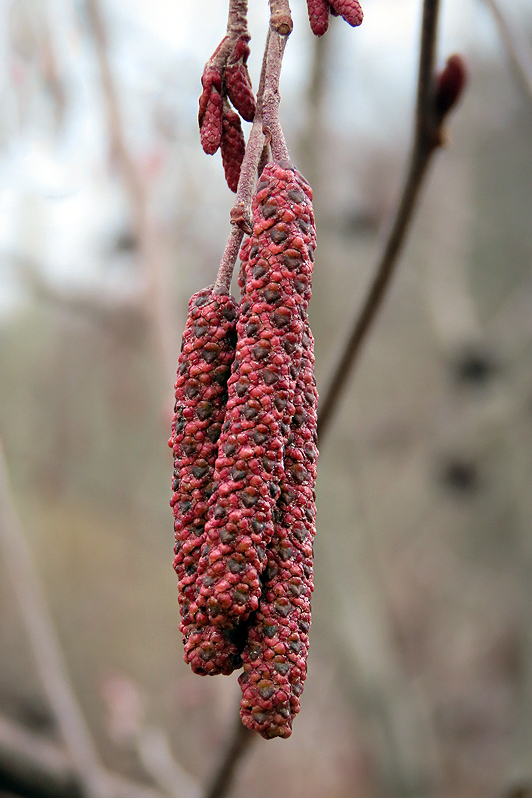Along the Air Line... 2020-2021 - Winter, Part 9 The Air Line Trail in Eastern Connecticut - Stan Malcolm Photos |
HOME: Air Line... 2021 Pages Menu Stan's FlickR Albums |
February 24th. Midday temps near 50. An Army National Guard UH-60 Blackhawk passed over the marsh. |
Some melting at last, leaving water under the ice in spots. |
|
|
|
|
An Ant (Family Formicidae). And what did the Pink Panther say when he saw this? (Dead Ant, Dead Ant, Deadant deadant deadant...) |
February 25th. One of a flock of Eastern Bluebirds (Sialia sialis) near the Route 85 trailhead. |
|
|
|
|
February 28th. Canada Geese (Branta canadensis) overhead, calling. |
|
|
Male Red-winged Blackbirds (Agelaius phoeniceus) are back! |
|
|
|
|
|
A male Hooded Merganser (Lophodytes cucullatus). |
|
Later, I saw four more take off. |
Mallards (Anas platyrhynchos) were out. |
|
|
|
I also saw several Wood Ducks (Aix sponsa) and what looked like Common Mergansers (Mergus merganser) fly over fast. |
March 1st. Late morning after rain. Trail in good shape. What ice remaining was soft enough not to be slippery... but tonight temps dip very low. |
One pair of Mallards (Anas platyrhynchos) around - though I also saw two Wood Ducks fly by. |
|
|
|
|
|
|
|
|
|
|
|
|
Mid afternoon east of Cook Hill Road in Lebanon. Cattle hanging out, though poop on the trail and new barbed wire suggest a recent "walk-about". |
|
|
|
A flight of Rock Doves, the official name for common pigeons (Columba livia). My surname, Malcolm, is derived from and means "follower of the Scottish Saint Columba". Today I was a follower of Columba through the sky. ;-) |
They roost in the top of the silo. |
|
No sign that the Skunk Cabbage (Symplocarpus foetidus) is coming out of winter dormancy. (One can hope.) |
Alder (Alnus sp.) catkins are also still dormant. |
The short catkins will develop into female flowers; the long ones male. |
